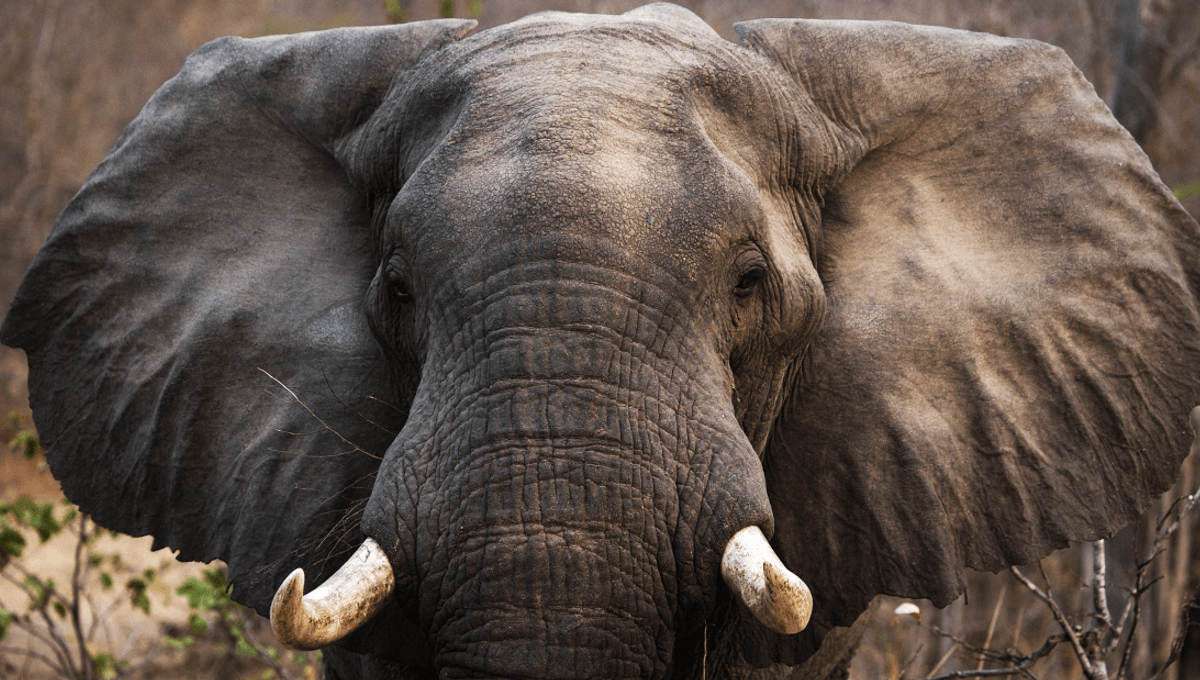
There’s a lot to shout about when it comes to elephants: they’ve got what seems like a fifth limb for a nose, they use tools, but perhaps their most in-your-face feature are the giant fans attached to either side of their head. Is it simply excess, or elite design?
The biggest ears in the animal kingdom
The African elephant, Loxodonta africana, is the world’s biggest land mammal and has the largest ears of modern-day elephants. They’re so big, in fact, that they account for 20 percent of their overall surface area.
The driving force behind their enormity is temperature. Typically they’ll roam around 25 kilometers (15.5 miles) in a day, but they can travel as much as 190 kilometers (118 miles) if they really want to. All that roaming means they encounter a diversity of habitats, from savannas and grasslands to forests, but the hottest are the desert and arid regions. Their optimum body temperature is 36°C (96°F), but the temperatures here can get significantly hotter.
Why are elephants’ ears so big?
Big ears are just one way these animals have evolved to maintain their body temperature when environmental conditions heat up. Giant ears mean lots of blood vessels that are encountering a thinner area of skin, making it easier for them to offload heat. Having an appendage that’s very large but also thin means it’s got a bigger surface area, presenting more opportunity to dissipate heat. It’s estimated they can circulate around 12 liters (3.2 gallons) of blood through their ears per minute, that’s some decent cooling potential.
Compare the giant flaps of elephant ears to the adorable stubs that are polar bear ears and you’ll see how the same science can work the other way around. By having ears smaller than other bear species, polar bears are better able to conserve heat, while having bigger ears than any other animal means the African elephant can try and stay cool.
The biggest ears compared to body size
The African elephant is toppled for biggest ears when you consider them comparative to body size, however. That title goes to a small critter called the long-eared jerboa, Euchoreutes naso.
These adorable desert creatures have ears that are a third longer than their heads (which would be like a human having vinyl records for ears). Native to the deserts of southern Mongolia and northwestern China, they too need their giant ears for maintaining body temperature.
Long-eared jerboas have also adapted to their desert home by evolving long, kangaroo-like legs. If you’re struggling to imagine what such a thing might look like, the good news is that the Zoological Society Of London captured the first-ever footage of these animals during an expedition back in 2007.
Having blood vessels that run close to the surface of the skin can have other benefits, too. Just look at the tail-breathing talents of Trinidad’s killifish.
Source Link: Why Are Elephants' Ears So Big?